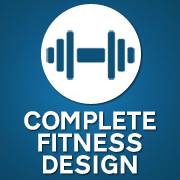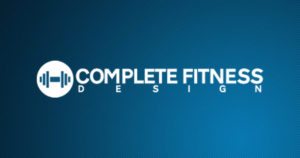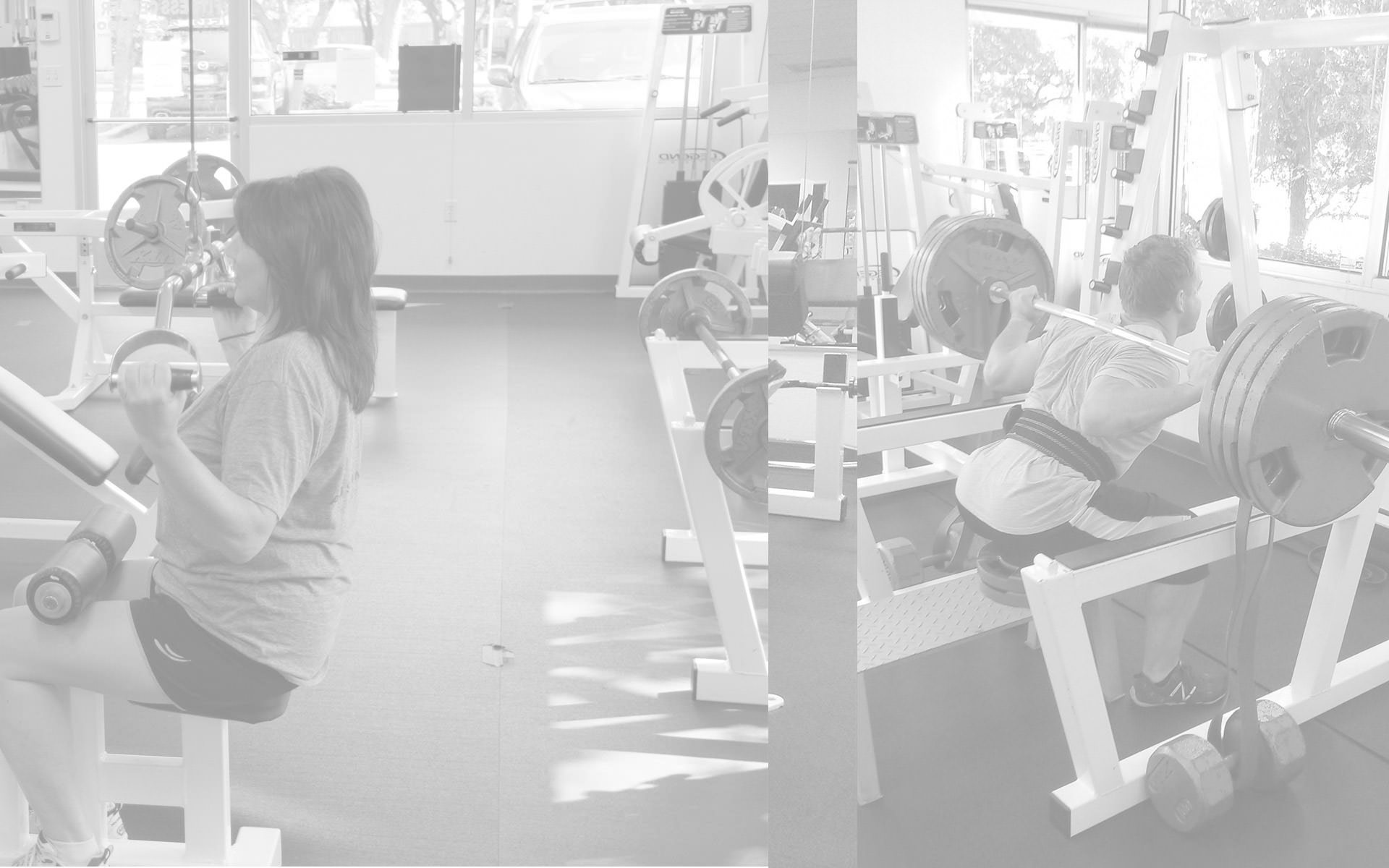How To Get Big Arms
As a long-time Austin personal trainer, I get a lot of unusual requests as far as how people want to change their bodies. I have heard the unrealistic goal of wanting to lose fat but only in certain areas, as well as the equally unrealistic goal of wanting to gain a lot of muscle in a very short period of time. Some things, however, continue to be consistent as far as people and their goals. For whatever reason, men always ask me how to get big arms.
Perhaps it’s because having a large set of muscular arms makes us feel manly. Perhaps it’s intimidating to other men? Who knows, but the bottom line, is that most every single man I’ve ever met in 23 years as a personal trainer has wanted to know how to get big arms.
What most people do to get big arms is stand in a squat rack and do bicep curls until the last cow has jumped over the moon. While I applaud their enthusiasm, I must say that that is not the way to go about it. If you simply break down the two major muscle groups of the upper arm, you have biceps and triceps. A simple fleeting analysis of those two words will make it abundantly clear that your triceps have 3 muscles as opposed to your biceps, which has only 2. Therefore, to concern yourself almost exclusively with the smaller of the two muscles, won’t get you big arms, it’ll only take you part of the way. If you want to know how to get big arms, the first thing you have to do is work all of the muscles within the arms. This means, working triceps as well as biceps. It goes without saying that the forearm muscles should be worked as well, but I will save forearms for a different blog or essay. In this entry, I will leave the focus on the bicep and the tricep muscles.
Barring any injuries, imbalances, or anything of that nature, I usually start clients working arm day with triceps. I usually tend to work muscles that are bigger first, so as not to tire them out when they are in their supporting role as stabilizers of the smaller muscle group, and then be unable to fully maximize the workout of the bigger muscle group as they’re overly fatigued. There are obviously several exceptions as to when I will employ a different approach, such as pre fatiguing, circumnavigating injuries, Etc, but for the sake of Simplicity in this blog post, let’s assume that everything is good structurally and physiologically and go from there.
Still Wondering How To Get Big Arms
As noted, if I want to know how to get big arms, I will have to work the entire muscle mass of the arms. As I also noted, I will start with the triceps before moving on to the biceps. Whether you are a novice, or a seasoned fitness veteran, you want to warm up thoroughly. It is far too easy to tear a tricep, a bicep muscle, or tendon, as these are muscles that are used a great many times throughout the course of our daily routines. Men, especially those of us above 30 years of age, have a much easier time rupturing the bicep tendons which results in a full detachment from the bone, as these muscles are often times overworked, quite tight, and the strength of the connective tissue is not up to par with the strength of the muscle tissue. Therefore, it is absolutely imperative to have loose, and thoroughly warmed up bicep and tricep muscles before we begin the workout.
Though in virtually every one of my writings, I stress individuality as well as a non-formulaic approach, naturally there will be overlap from person to person, as well as within our own individual routines. That said, let’s embrace, for the sake of simplicity in this writing, the formulaic 3 sets of 10 repetitions. After thoroughly warming up my triceps, or my client’s, if I’m on the clock, you want to start with a relatively easy motion for the first exercise. Just like I’m keeping it simple with the 3 sets of 10 repetitions, I’m also going to keep it simple with exemplifying 3 exercises for each muscle group. In the real world, you can embrace this approach, or vary it as needed. Something like a simple tricep press down with a rope, a traditional bar, or even a v bar, is perfect for the occasion when we need a simple starting off exercise for the triceps. When you’ve completed your 3 sets of 10 reps, the next move I would usually employ would be some kind of an overhead extension. I have found that a single handed pulley handle, or a rope works very well with this technique. With a rope, you have the option of using a 1 or a 2 handed grip, depending on how much emphasis and stability you want to place within the arm that you are engaging. Remember, if you are simply using 1 arm as opposed to 2, you are not only making the muscle work harder, but you are also forcing it to stabilize without the aid of its counterpart. Yes, other muscle groups will become involved, but it’s a technique I often use with clients in order to get more bang for their buck, so to speak, within that muscle group. When they have completed their reps and their sets with the overhead extensions, I would usually steer someone towards a free weight exercise using 1 arm at a time, if we didn’t before. Skull crushers, as they are known, or French presses, if you prefer, are a great way of putting extra emphasis on the long head of the triceps. This is also a movement which can be quite hard on the connective tissue where the triceps attach to the elbow, so proper techniques as well as using the proper weight, is imperative to avoid injury.
With triceps in the rear view mirror, it’s time to move on to the front side and work the biceps. As I previously noted, a proper warm-up is essential, especially for men, as we are at a greater risk for a tendon rupture then when we were younger or than that of our female counterparts. The first thing I like to do with my clients who are focused on gaining size and strength in the biceps, is to use a barbell and get it a few sets of 20 or 25 repetitions. While these might not bring you to failure, you want to use a weight that gets pretty tiring but still enables you to use good form. This means no swinging, shrugging, Etc. Cheat curls have their place, but this is not it. Once we’ve done the high-volume sets, I like to move in towards heavier work, and it’s usually with dumbbells. I most often switch reps and sets up in terms of their numeric values for a multitude of reasons, but once again, for simplicity’s sake, we will stick with 3 sets of 10. Even though we are using a formulaic approach for the sake of simplifying our example, you can very easily manipulate the intensity through timing, as well as weights selected to circumnavigate both plateaus, as well as boredom. You can choose to do 3 sets of 10 reps with the same weight, with a moderate rest period, or whatever you have decided to do. You can, however, start with a heavier weight for your first set of 10, rest for a few brief moments, then grab a slightly lighter weight, and proceed with your next set of 10, then do the same for your third set of 10. The exercise I’ll often have the client do, is some form of pulley exercise. This could be anything from a bar curl to a lever exercise where they curl the handles to their ears for a full bicep contraction.
Changing things up keeps things fresh both psychologically, as well as physically, which more often times than not, will result in increased strength, as well as hypertrophy. Since biceps are a relatively small muscle group, it isn’t usually necessary to do an outrageous number of reps and sets as I often see people doing. Remember, when you are training other body parts, such as your back muscles, you are simultaneously working biceps to a far greater extent than as a stabilizer muscle. Whenever you pull, you pull with your biceps. Considering every back exercise you can do, save for low back, is a pulling movement, it goes without saying that you are doing a good deal of bicep work on back training days. While you don’t want to overwork a muscle as it won’t have time to recover properly, you also don’t want to skimp on your workouts if you are serious about making progress. Find the balance between the 2, be consistent, and if your nutrition is up to snuff, as are your techniques, you’ll no longer be wondering how to get big arms. You’ll have them.





